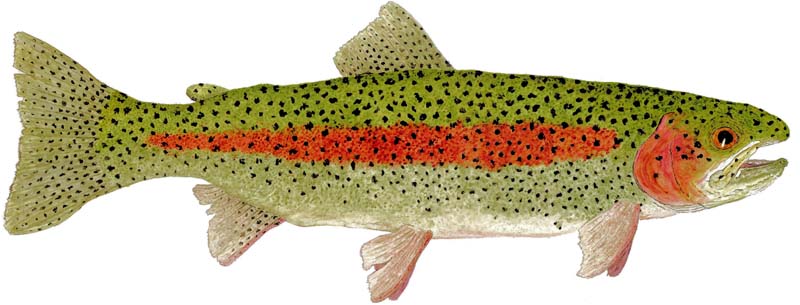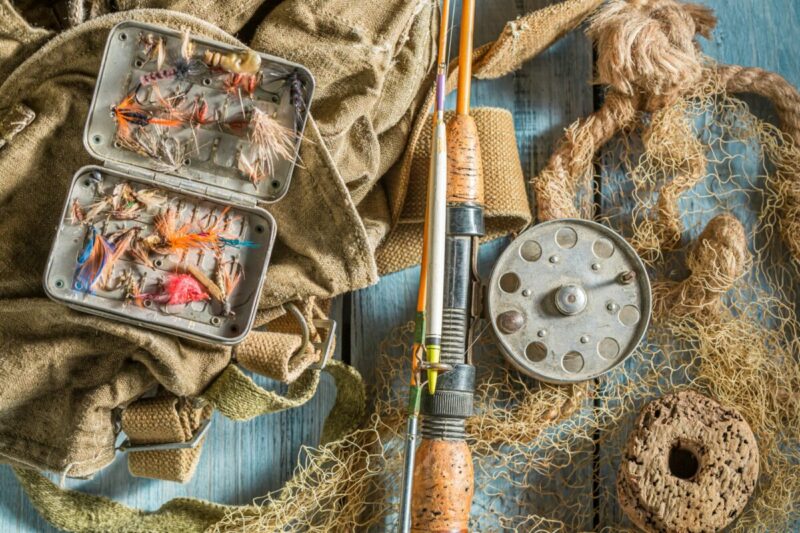
Ruben Martin, one of the world’s most accomplished and innovative fly tyers, will produce weekly videos on how to tie small, classic trout flies on tubes. We’ll also examine the Micro Tubes—#16 to #22—on a new tubing material, hollow cord bead lacing.
There’s no need to mention the great effectiveness and application of the big attractor dry flies
By Ruben Martin
Ever since the Kauffmann Stimulator and Madame X, the attractors have not stopped evolving, and, in today’s day and age, these dry flies are found in almost every fly box worldwide.
Although the name “Attractor” suggests a fly that lures fish in through curiosity or irritation, Attractor dry flies can imitate adult Stoneflies, grasshoppers, beetles, or other bugs that can accidentally fall into the water.
The world of attractors has been invaded, and justifiably so, by synthetic materials:
Foams, yarns, rubber, and silicone legs, flash fibers, dubbings, etc., are currently the materials chosen to make these kinds of flies. They are commonly combined with natural materials like the hair from elk, moose, calf, rooster hackles, or CDC in some cases. These combinations manage to be true “Fishing Machines.”
With the rising popularity of these kinds of flies being used in “droppers” combined with some nymphs and the application of this fly style for some species in the jungle rivers, the horizon of this group of flies has been extended. As the years go by, we will only see it go further.

Above is Thom Glace’s Yellow Breeches Rainbow – a known killer of fall honey ants. Visit the award-winning watercolorist’s website.
In this presentation, I want to show you a tying variant for this type of attractor, taking advantage of the benefits that flies tied to tubes give us, which are typical for Atlantic salmon fishing, and for reasons I do not understand, its incorporation into trout fishing has been slow. In the case of Attractor Dry Fly Tubes, the advantage of using a plastic tube takes the weight off the fly, which helps its buoyancy, and the possibility of changing the hook as we please brings us two significant advantages—firstly, replacing damaged hooks and adjusting the hook size for the fishing situation.
Once the fish is hooked, the fly detaches from the hook, which stops the fish’s teeth from damaging the fly. But this only happens sometimes, which means this is an advantage we will occasionally have, but sometimes not.
We hope this idea helps you in your fishing adventures
Bitten Flies!







